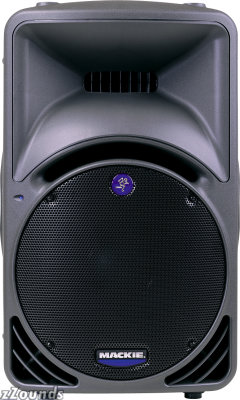Aroongupta
New Member
Hey guys,
I joined this forum today and have alreday spent some time going through various reviews. I shall admit...I am scared to death. I almost do not understand anything! I knew I am a complete novice as far as fine music goes but did not realize what it takes to be called - expert!
Anyhow, I seek your advice. I am looking to buy a 'Music System' , something on this side of 50K, that I can use for my terrace parties. S omething with super sound quality, can easily be shifted, carries a lot of punch which allows my folks to shake a few legs when tulli! Do we have something which can play music straight from my 1TB external HD? Anyhow, important thing is that it should be loud enough and shall carry enough power so as to be able to make enough hulla on a 10th Floor completely open 4000 sq feet terrace garden!
, something on this side of 50K, that I can use for my terrace parties. S omething with super sound quality, can easily be shifted, carries a lot of punch which allows my folks to shake a few legs when tulli! Do we have something which can play music straight from my 1TB external HD? Anyhow, important thing is that it should be loud enough and shall carry enough power so as to be able to make enough hulla on a 10th Floor completely open 4000 sq feet terrace garden!
See me as an outsider! Hurl abuses ...no issues...but help me!
Yours truly!
I joined this forum today and have alreday spent some time going through various reviews. I shall admit...I am scared to death. I almost do not understand anything! I knew I am a complete novice as far as fine music goes but did not realize what it takes to be called - expert!
Anyhow, I seek your advice. I am looking to buy a 'Music System'
See me as an outsider! Hurl abuses ...no issues...but help me!
Yours truly!


